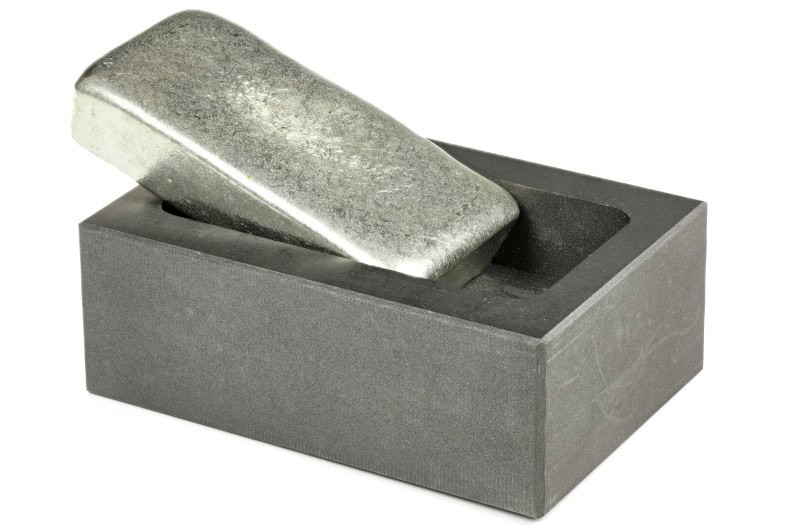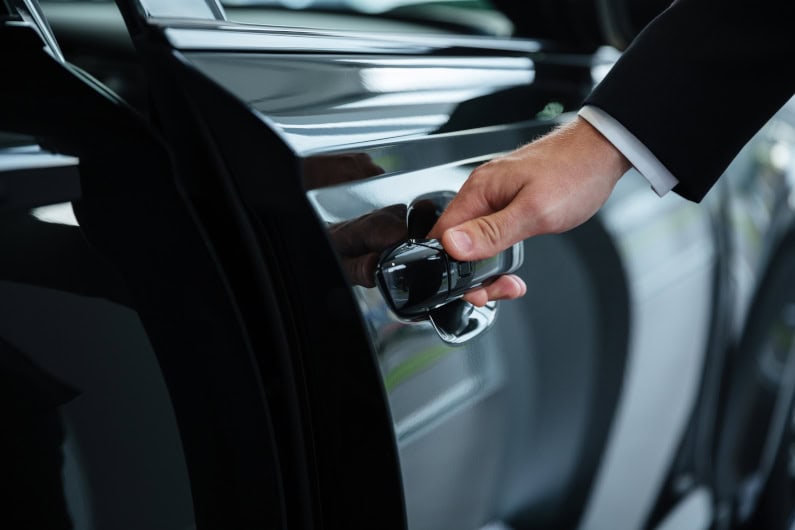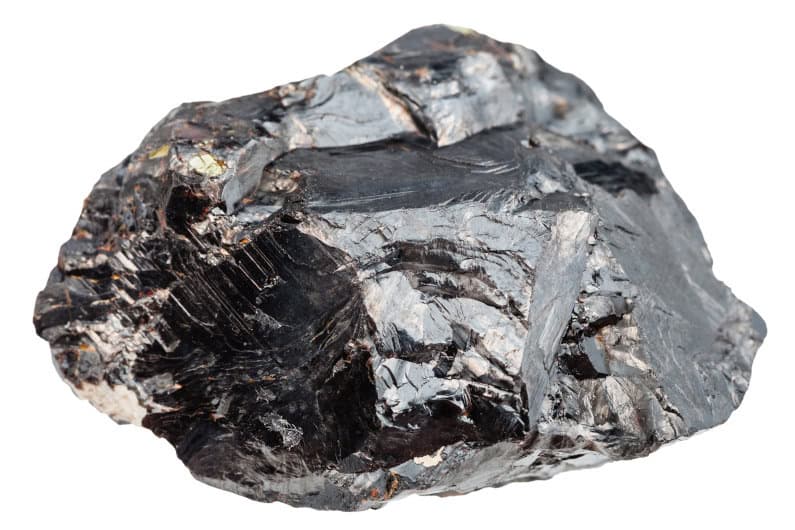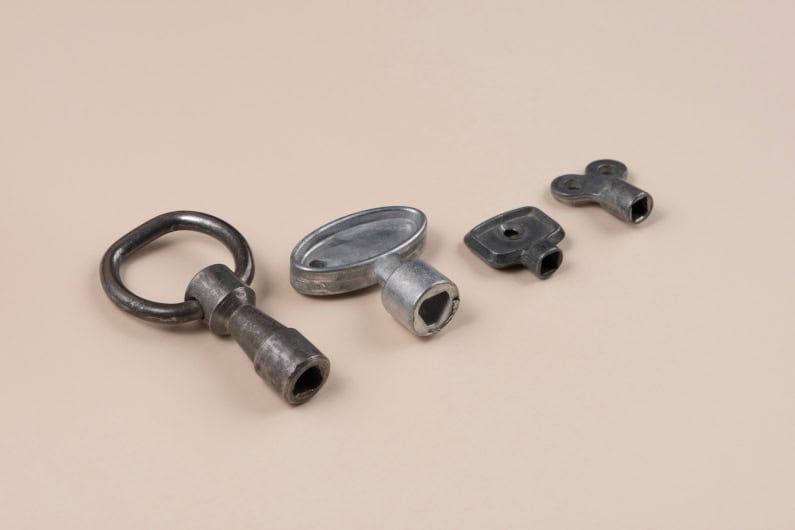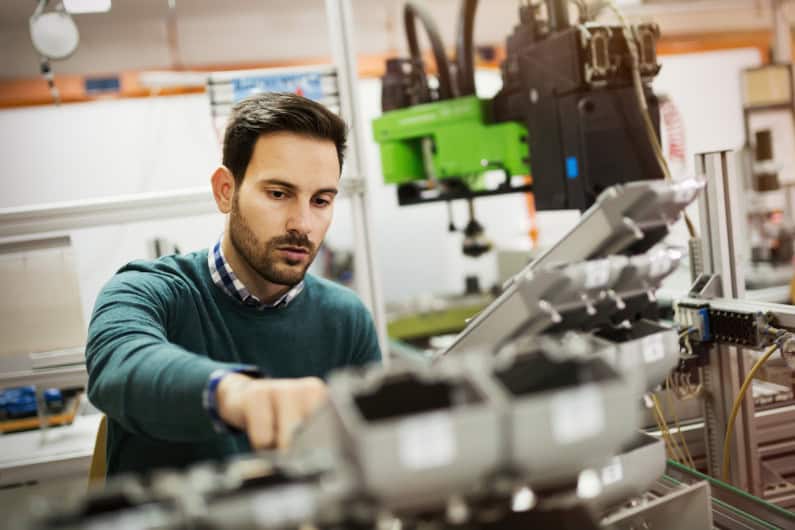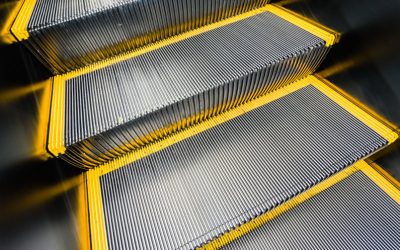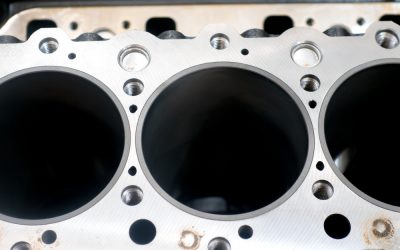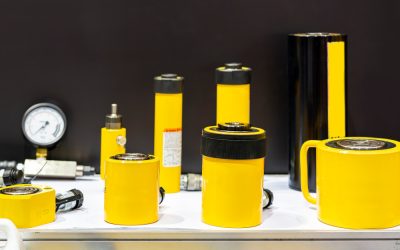Are you trying to decide on the most suitable die-casting material for your product? This decision is crucial for product performance, durability, and cost-effectiveness.
Aluminum is the preferred choice for many casting applications, but zinc also offers unique strengths that make it ideal for specific needs.
Read on to explore the benefits and limitations of zinc die casting so you can determine whether it’s the most appropriate option for your product.
Table of Contents
What is Zinc Die Casting?
Zinc die casting is a process in which molten zinc alloy is injected into a steel mold under high pressure. It generally utilizes the hot-chamber method and enables the production of castings with high impact strength.
This video from NADCA offers a narrated illustration of the process.
Hot-chamber die casting is ideal for high-volume manufacturing, offering a cost-effective way to produce reliable components for industries like automotive, electronics, and consumer goods.
Why Use Zinc for Die Casting? (Advantages)
Zinc is a top choice for die casting due to its high strength and cost-efficiency.
Melting Point
Its low melting point reduces energy costs and minimizes die wear, allowing for thin-walled, detailed shapes ideal for complex designs.
Durability
Zinc is also durable and impact-resistant, making it well-suited for automotive parts, electronic housings, and other high-use components.
Cost
In terms of cost, zinc die casting offers extended tooling life and often eliminates the need for secondary operations due to its excellent as-cast finish. This means fewer replacements, less downtime, and efficient, high-volume production at a lower total cost.
Recyclability
Zinc’s recyclability also appeals to companies with sustainability goals, as it can be reused with minimal environmental impact. Zinc provides a reliable, sustainable, and economical solution for manufacturers seeking quality and durability in their die-cast products.
Applications of Zinc Die Casting
Zinc die casting is widely used in industries that require precise, durable, and cost-effective parts.
Automotive
In the automotive sector, zinc’s strength and impact resistance make it ideal for components like door handles, brackets, and seatbelt parts.
Electronics
Electronics manufacturers also value zinc die casting for its ability to create intricate housings that protect sensitive devices from environmental damage.
Consumer Goods
In consumer goods, zinc die-cast components are prized for their durability and aesthetic appeal, making them a common choice for items like locks, zippers, and hardware.
Other
The medical and telecommunications industries use zinc die casting for parts that need high precision and longevity, such as connectors and enclosures.
With its versatility and durability, zinc die casting supports a range of applications that benefit from its high-quality finish, dimensional stability, and cost-efficiency. This makes it a go-to material for demanding and high-volume manufacturing needs.
Potential Limitations of Zinc Die Casting
While zinc die casting offers many benefits, it also has some limitations.
Weight
One key drawback is weight; zinc is heavier than materials like aluminum, making it less suitable for applications where weight reduction is essential, such as in automotive parts or some electronics.
Melting Point
While Zinc’s low melting point offers some benefits, which we have already mentioned, it also restricts it to parts that won’t be exposed to extreme heat. It can deform or weaken at high temperatures, making it less ideal for engine components or high-temperature environments.
Material Cost
Material cost may also be a consideration, as zinc can be more expensive per pound than other alloys, but this is often offset by its long die life and low maintenance costs. Finally, while zinc die casting is highly precise, the initial tooling costs can be high, which may not be economical for small production runs.
Zinc Die Casting Alloys
Zinc alloys are widely used in die casting, with the most common types being the ‘Zamak’ alloys: Zinc 2, Zinc 3, Zinc 5, and Zinc 7. (NADCA)
Each alloy offers unique characteristics:
- Zinc 3 is the most popular for its dimensional stability and ease of casting.
- Zinc 5 adds greater strength and hardness.
- Zinc 2 is highly durable and ideal for wear-resistant applications.
- Zinc 7 has a smooth finish, making it suitable for fine details.
These alloys deliver strength, corrosion resistance, and versatility, serving industries like automotive, electronics, and consumer goods with precision-cast, reliable parts.
Is Zinc the Right Choice for You?
Zinc die casting offers a blend of durability, cost-efficiency, and precision, making it an excellent choice for many industries. From automotive parts to consumer goods and electronics, zinc’s unique properties provide strength and a reliable, eco-friendly solution for high-volume production.
However, when evaluating zinc for your project, it’s essential to consider its limitations, such as its weight and suitability for specific temperature ranges.
By understanding the strengths and potential drawbacks of zinc die casting, you can make an informed decision that aligns with your product’s performance requirements, budget, and sustainability goals.
If you’re considering zinc for your next project, working with an experienced die casting partner can help you maximize its benefits while addressing design or production challenges. Contact us today to discuss the details of your product and how we can help you make it a reality.

